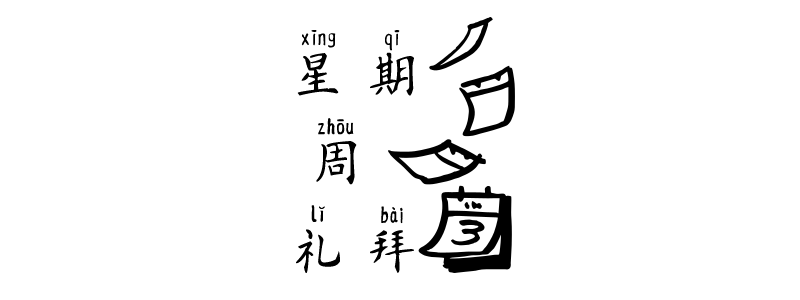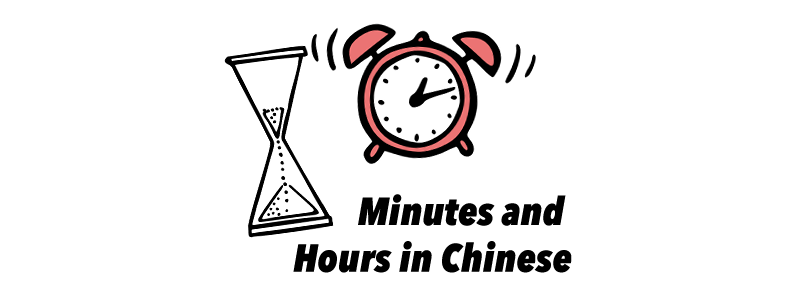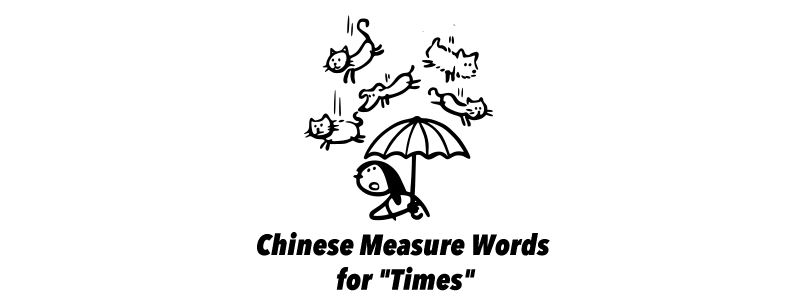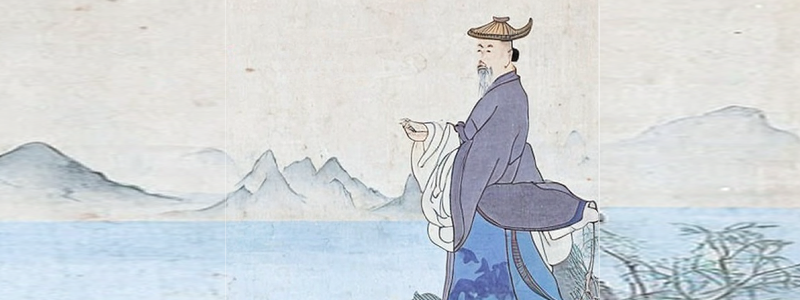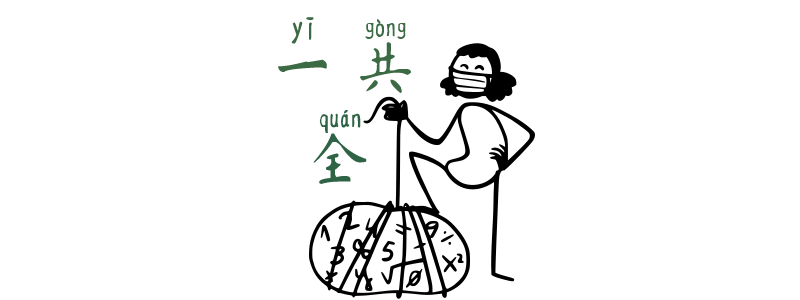Grammar Point:In Chinese, “day” is translated as 日 rì or 天 tiān, and “week” is translated as 週周 zhōu, 禮礼拜 lǐbài or 星期 xīngqíqī. Structure Number + 日 or 天 天 tiān is commonly translated as “day” or “a day.” 日 rì is less commonly used in everyday Chinese. It has a slightly more formal…
Author: tiffany
Minutes and Hour in Chinese
Grammar Point:In Chinese, the words used to express durations in minutes (分鐘钟 fēnzhōng) and hours (小時时 xiǎoshí) are not exactly the same as the words used to indicate specific points in time for minutes (分 fēn) and hours (點点 diǎn). Structure In Chinese sentence structure, if it is a time word, it should be placed…
“And so on” in Chinese
Grammar Point:In Chinese, the phrase “And so on” can be expressed in different ways depending on the context. Two common expressions used to convey a similar meaning are 什麼么的 shénme de and 等 děng. Structure Example 1, Example 2, Example 3 + 什麼么的 This expression is more colloquial and casual. 我wǒ喜歡xǐhuān看kàn電影diànyǐng、 聽tīng音樂yīnyuè、 玩wán遊戲yóuxì什麼的shénmede我wǒ喜欢xǐhuān看kàn电影diànyǐng、 听tīng音乐yīnyuè、 玩wán游戏yóuxì什么的shénmedeI…
Chinese Measure Words for “Times”
Grammar Point:Chinese measure words are used to quantify nouns and indicate the number or frequency of an action or event. When it comes to the concept of “times” or occurrences, there are several measure words that can be used in Chinese, including 遍 biàn, 次 cì, 場场 chǎng, 回 huí, and 下 xià. 遍 biàn:…
Chinese Age Expression – Suì
Grammar Point:In Chinese, the word 歲岁 suì is used to express age. It specifically refers to the number of years one has lived or their age in years. Structure S + Number + 歲/岁 suì In Chinese, the word 歲 suì is considered a measure word, so there is no need for a linking verb…
“All along” in Chinese 1 – 一直 yìzhí
Grammar Point:The Chinese adverb 一直 yìzhí is used to express the idea of “continuously” or “all along” in a sentence. It indicates that an action or state has been ongoing or persistent from a certain point in time up to the present or a specified point in the future. Structure S + 一直 yìzhí +…
Qu Yuan Story 2
“Qu Yuan” is a story for HSK3+ learners. Stories I shared some are Chinese folk tales, and some are my creations. This story is one of the most famous stories associated with the Dragon Boat Festival. However, there are three different versions of it, each with slight variations. So, if you hear a different story,…
Qu Yuan Story
“Qu Yuan” is a story for HSK3+ learners. Stories I shared some are Chinese folk tales, and some are my creations. This story is one of the most famous stories associated with the Dragon Boat Festival. However, there are three different versions of it, each with slight variations. So, if you hear a different story,…
Dragon Boat Festival
The Dragon Boat Festival, also known as Duanwu Festival, is a wonderful traditional Chinese celebration that happens on the fifth day of the fifth month according to the lunar calendar. It’s a time of joy and excitement, and people eagerly celebrate it in various parts of East Asia, including China, Hong Kong, Macau, Taiwan, and…
“All” and “Total” in Chinese
Grammar Point:In Chinese, 一共 yígòng (total) is primarily used for expressing the total quantity or sum, while 全 quán (all) emphasizes the completeness or entirety of something. Structure 一共 yígòng + (V) + Numbers It is used to indicate the total or overall quantity of something. 明天míngtiān一共yígòng5 個ge人rén要yào來lái明天míngtiān一共yígòng5 个ge人rén要yào来láiTomorrow, a total of five people are…
